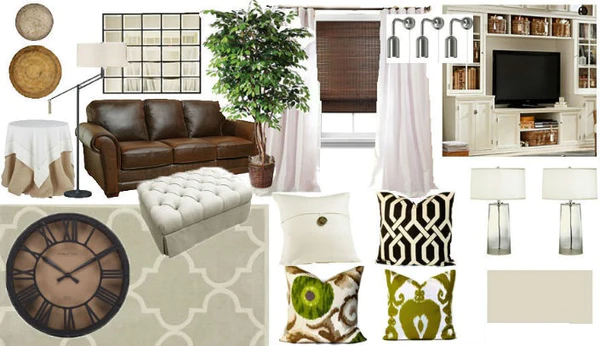The keys are in your hands, and you have a floor plan. But you feel overwhelmed by the task of decorating an empty home while staying within your budget. You may have sentimental family furniture to match, or you might be starting from scratch with all the inspirational images on Pinterest.
How can you make sure that your home reflects your style while also looking great? You can achieve success by following the steps of professional interior designers. It’s crucial to invest in a manner that will work for you and last the next few decades.
This is Picket&Rail’s foolproof plan to decorate your home from A to Z.
Measure your body
Like a great pair of jeans, furniture should be scaled to the size of the room. A heavy chandelier is perfect for hosting dinner parties, but in a smaller room, it overwhelms the space and is not practical. Take measurements before you shop. Measure the width and length of each room, as well as the ceiling height and obstacles such as columns, air conditioners, stairs, and so on. You should also measure the window openings and wall space in order to plan window treatments. All of this information should be noted on your floor plan for ease of reference. You can save money, time, and headaches by measuring your space carefully.
It’s now time to experiment!
Follow the form and function.
New homeowners tend to overlook the importance of adjusting interior design for your lifestyle. The interaction between the interior design and the function will affect the mood and the way that you and your family members use the space. How many people are living here? Are you a parent or child in the process of growing up? Does your work require you to have a home office, and if so, what is it? A hobby and study corner could be integrated into the design. Do you enjoy cooking at home? You may have pets, art, or trophies that you want to showcase.
Each family or individual must answer the question: What are you hoping to achieve, and how do you want to live your life?
The design of a home for a four-member family who spends their time at home, for instance, should be different from a home for a young couple who eats out at restaurants every night or a bachelor/bachelorette who regularly hosts large dinner parties at their place.
You can start building your dream house after you have carefully planned the family’s needs.
Step 1.
You can avoid wasting money by not buying items that do not fit with your theme. After purchasing all the furniture, you need to complete your look and prioritize statement pieces. It is the perfect time to sort through your inspiration boards and narrow down your style. This will help you when visiting home décor stores. Always keep your reference material with you, pay attention to the details that catch your eye, and avoid being distracted by trendy or discounted items if you don’t like them.
Step 2.
Here, the adage “less can be more” is a good guideline. Marie Kondo says that if an item no longer brings you joy, then it’s okay to get rid of it. It doesn’t serve your needs anymore. Even if the things don’t match the overall design, a few old treasures can bring a touch of personality and history to the room. However, if you keep too many, your home will become cluttered and messy. It’s time to go through everything and decide what will fit in the new space. Organize and take inventory of the items you keep. You may not need something if you cannot place it.
Step 3.
As you age, your decor will mature. If you’re moving into a new home, it is important to replace cheap, impulsive sets with more sophisticated and artistic alternatives. You can add a splash of color to a dull living room by adding a tall, slender vase filled with plants. Or, create a stunning statement wall using a group of framed art prints. You may have enjoyed your grandfather clock, but a contemporary, exposed gear clock will add a modern edge and help you keep up with the times. It’s important to keep mementos of the past in your home. However, developing maturity in your home’s design is a good way to boost your confidence and feel like an adult.
Step 4.
Lighting can have a significant impact on the mood and size of any room. It is, therefore, an important element in any design scheme. Lighting can dramatically alter the perspective of a room. It can also enhance the colors used in your décor. Accent lights are not only useful for reading on the couch at night, but they also add drama and atmosphere to a room. The hanging pendant is perfect for minimalist or bold styles. Candles and lanterns provide a warm, soft glow.
Step 5.
Add texture to a room if you think it’s lacking something. The look may be too flat or bland. Consistency can make a room look amazing, elevating a perfectly designed space to new heights. Contrast is important because it creates visual interest and balance while also creating a sense of harmony. Smooth textures will give a room a sleek and aloof feel, while rough surfaces can make it more intimate. You can easily warm up your bed with a blanket and two matching pillows.
Tip: Textures are not limited to cloth. They can also be architectural features such as stone or even a simple plant.
Step 6.
Do not underestimate the importance of additional accessories! These decorative items, such as metallic wall accents or quirky serving trays, add character and charm to your living space. It is helpful to visualize the process of layering by decorating a cake. Place the statement pieces first and then add accents to create depth and dimension.
